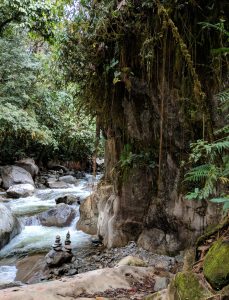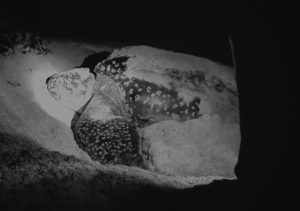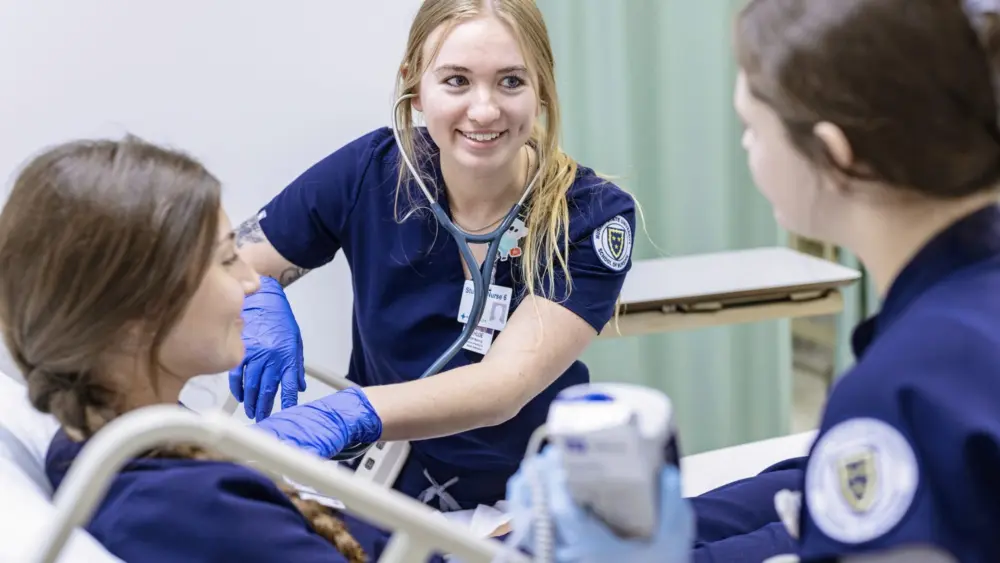 Marshall County student, Jackson Chumbler, was selected as a sophomore to attend his junior and senior years at The Gatton Academy of Mathematics and Science in Kentucky.
Marshall County student, Jackson Chumbler, was selected as a sophomore to attend his junior and senior years at The Gatton Academy of Mathematics and Science in Kentucky.
This is Kentucky’s first residential public high school and has been named to the Washington Post’s list of top-performing schools with elite students for eight consecutive years and is one of only 15 such programs in the nation.
Chumbler traveled on his first study abroad or global learning experience from Jan. 2-17, 2018, in Costa Rica. Upon arrival at Liberia Airport, students were chartered by bus to Playa Grande. There, they checked into Goldring-Gund Marine Biology Field Station. Students spent overnights awake and researched with the Goldring-Gund Marine Biology Field Station professionals, patrolling Playa Grande looking for nesting leatherback turtles. The group was assigned the midnight to 5 a.m. shift. If a turtle was spotted, they would radio to let others know, then collected and relocated the eggs to the hatchery. There, they would count and re-lay them in man-made nests as close as possible to the mother’s original nest.
Students guarded the hatchery 24-7 to ensure their safety and to be present if any hatched. Then, they recorded their individual dimensions and assessed their health and survivability. Later that morning the hatchlings would be released naturally to crawl and imprint upon the beach so they would return to when they reached adulthood. However, only one out of 1,000 leatherback sea turtles survive to reach adulthood.

Students also took an eight-hour bus ride to Cloudbridge Nature Reserve. Days were spent hiking and working on their assigned projects. Chumbler’s team researched tree diversity, carbon sequestration and climate change. Linda Moskalyk hosted a forest art class, where the students learned the elements of sketching and drew an organism native to the area in their down time.
The eighth annual Gatton Academy Research Symposium was held Jan. 12 at the Cloudbridge classroom; teams delivered 15-minute presentations to the class and community. Allometric equations were used to approximate tree volume based on samples from wet tropical forests. By comparing old forests, planted forests and naturally regrown forests they found that old growth forests hold exponentially more carbon, which is a major contributing factor for global warming. This emphasizes the importance to preserve old forests. When comparing planted forests to naturally regrown forests, they found that planted forests have stored nearly twice the carbon of natural forests in 60 percent as much time.
In one acre of old growth forests, there is enough carbon to offset the emissions of over 16 cars for one year. In Costa Rica, there are 5.9 million acres of forest. If the forest were allowed to grow to old age there would be enough carbon to offset the emission of 96.6 million cars for one year. Data conclude that it is very important to preserve old forests, and it exemplifies the effectiveness of going outside and planting a tree.
Students then traveled by boat to Poor Man’s Paradise on the Osa Peninsula adjacent to Corcovado National Part, which National Geographic has called “the most biologically intense place on Earth.” The next day they visited the park and saw wildlife like sloths, howler monkeys, spider monkeys, white-faced monkeys, iguanas, toucans, poison dart frogs, coatimudi and bullsharks. They took a 45-minute boatride from Poor Man’s Paradise to Isla de Cano -one of the best snorkeling spots in Costa Rica. Students saw exotic fish, coral reefs and swam with three sea turtles.
This experience placed Chumbler face-to-face with the declining animal populations in Costa Rica. Deforestation, poaching, pollution and climate change make it a difficult challenge for many species to survive until the next year. Reforestation efforts take a long time to reap any benefits and the plants and animals of Costa Rica still need help.
On the beach where the group studied sea turtles, the population of Leatherbacks have plummeted from thousands, just decades ago, to only nine nesting females expected to return this year. The population is quite literally on the verge of extinction. Implementing new methods of commercial fishing, as these turtles are often caught in nets, leading to asphyxiation could be a critical aid. Leatherbacks also often mistake plastic shopping bags for jellyfish, the staple of their diet. Light pollution near beaches has been known to cause hatchlings to crawl into the city instead of to the ocean, leading them to be run over by cars.






